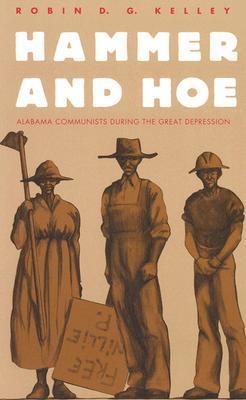What do you think?
Rate this book


392 pages, Paperback
First published January 1, 1990
Indeed, the [KKK], the League to Maintain White Supremacy, and the Alabama American Legion deftly appropriated Cold War language to legitimize white supremacy before the rest of the world. The racist response to Communism was not limited to white supremacist and conservative groups, however. After taking a strong stand against anti-Communist legislation throughout most of 1947, Southern Labor Review editor A.H. Cather assailed efforts to integrate colleges as "a part of communistic doctrine ... aimed at America with the intention of provoking revolution." "To insist that Africans leave their own institutions and attend Aryans," Cather complained, "would place this nation in the ridiculous position of fighting communism abroad and encouraging it at home."
“Congress and President Roosevelt attempted to reinvigorate the country's dying cotton economy with the [Agricultural Adjustment Act]…Southern sharecroppers were supposed to receive one-ninth of the [AAA] benefit checks, but in most cases they received nothing since local planters controlled distribution of parity payments. Moreover, landlords used the Gin Tax Act as a lever to obtain their tenants’ cotton.…most planters did not have to engage in fraud in order to benefit from New Deal policies. They merely reallocated land, evicted redundant tenants, and applied the cash subsidies to wages rather than sharing it with their tenants. New Deal policies, therefore, indirectly stimulated a structural change in the cotton economy—the mechanization of agriculture.” (53-54)